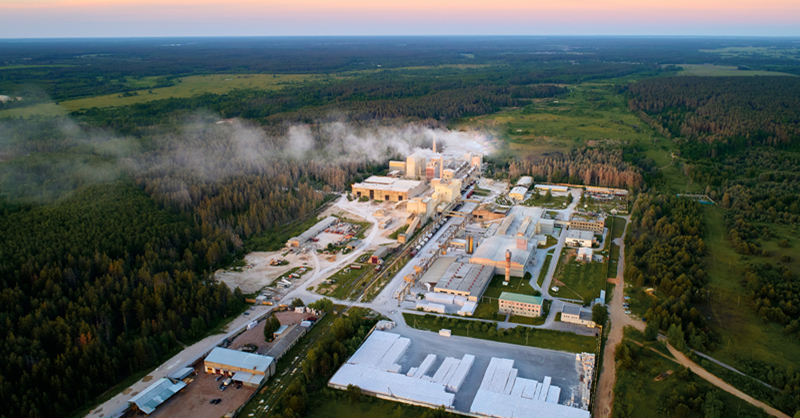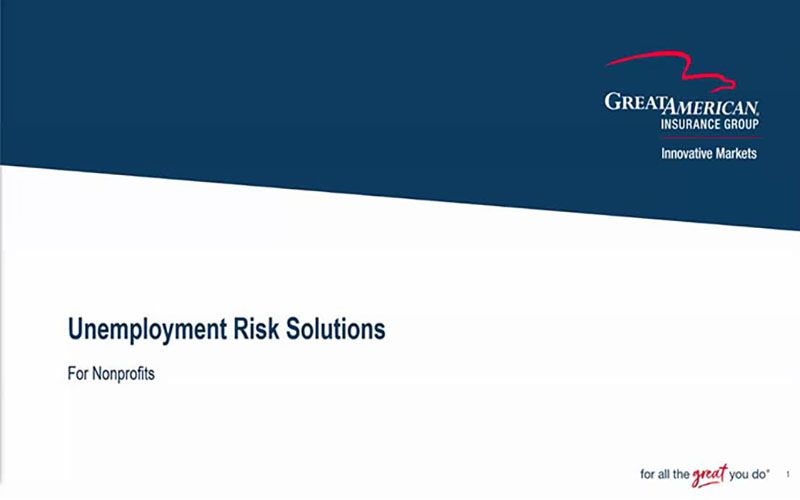Can You Answer These Top Questions About the Upcoming Wildfire and Hurricane Seasons?

- What are the experts saying about the upcoming hurricane season?
June 1 marks the beginning of the hurricane season. NOAA released its official forecast on May 23 predicting an “above normal” 2024 Atlantic hurricane season. NOAA is predicting 17-25 named storms, 8-13 hurricanes and 4-7 major hurricanes.1 - What factors are contributing to the expected increase in hurricane activity?
NOAA has issued a La Niña watch, expecting that the current El Niño conditions will transition to La Niña during the summer months. La Niña typically results in more and stronger hurricanes.2
In addition, it’s expected that sea surface temperatures and ocean heat content will continue to surpass historic averages. The high temperatures act as fuel for hurricanes. The warmth is expected to persist, contributing to a more unstable atmosphere and potentially more intense storms. - What should your insureds know about severe convective storms this year?
The transition to La Niña conditions is expected to lead to an increase in severe convective storms this season as well, particularly in the second half of the season as La Niña becomes more established. NOAA’s Storm Prediction Center is a good resource to understand convective outlooks. - Which metro areas are most exposed to wildfire risk?
The wildfire outlook for 2024, covering the period from May through August, indicates varying levels of wildfire potential across different regions of the United States.3 A recent analysis by CoreLogic points out that while the number of fires per year is in decline, the increasing size and intensity of those fires is creating more property damage than ever before. See CoreLogic’s assessment of the top 15 metro areas for wildfire exposure.
Given the expected increase in severe weather activity, it is important for your insureds to stay informed and prepared. Monitoring weather forecasts and having emergency plans in place can help mitigate the impacts of storms.








.jpeg?sfvrsn=dbf923b1_1)




.jpeg?sfvrsn=c50521b1_1)
